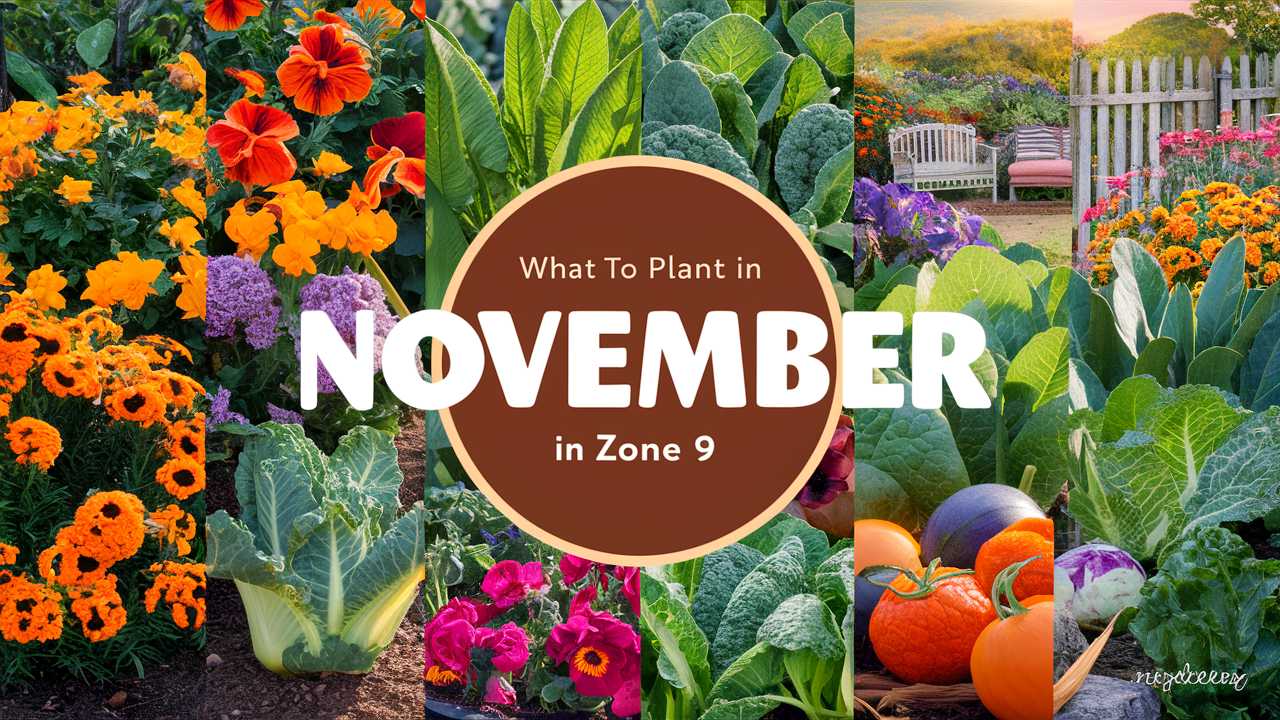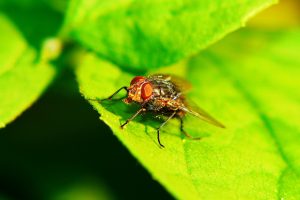November is a transformative month in USDA Zone 9 gardening, offering both a soothing coolness and the opportunity for diverse planting. With the average temperatures ranging from the mid-40s at night to the low 70s during the day, Zone 9 provides an excellent climate for a variety of vegetables, flowers, herbs, and landscape shrubs.
Vegetables To Plant
November marks a pivotal transition as many gardeners prepare their winter crops. The mild climate allows for the planting of both cool-season crops and preparation for the upcoming spring plantings.
Spinach
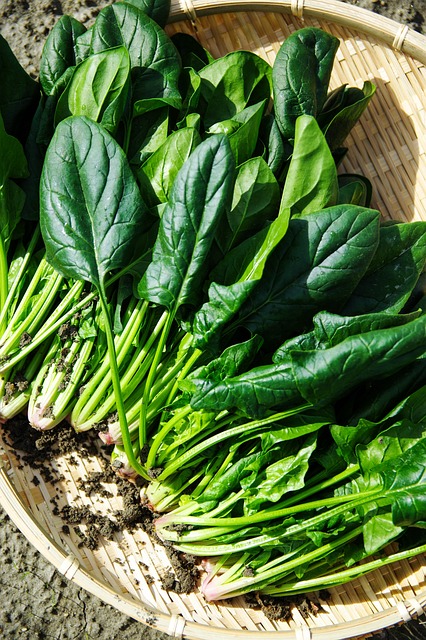
Spinach is a fantastic choice for November planting in Zone 9. This leafy green thrives in cooler temperatures, with a tolerance range down to 20°F. When planted in November, spinach will germinate quickly and can be harvested as baby greens or left to mature.
Planting Tips: Sow spinach seeds directly into well-draining soil, about ¼ to ½ inch deep. For a continuous harvest, consider planting every two weeks. Spinach is best grown in full sun but can tolerate partial shade, which can help reduce bolting.
Kale
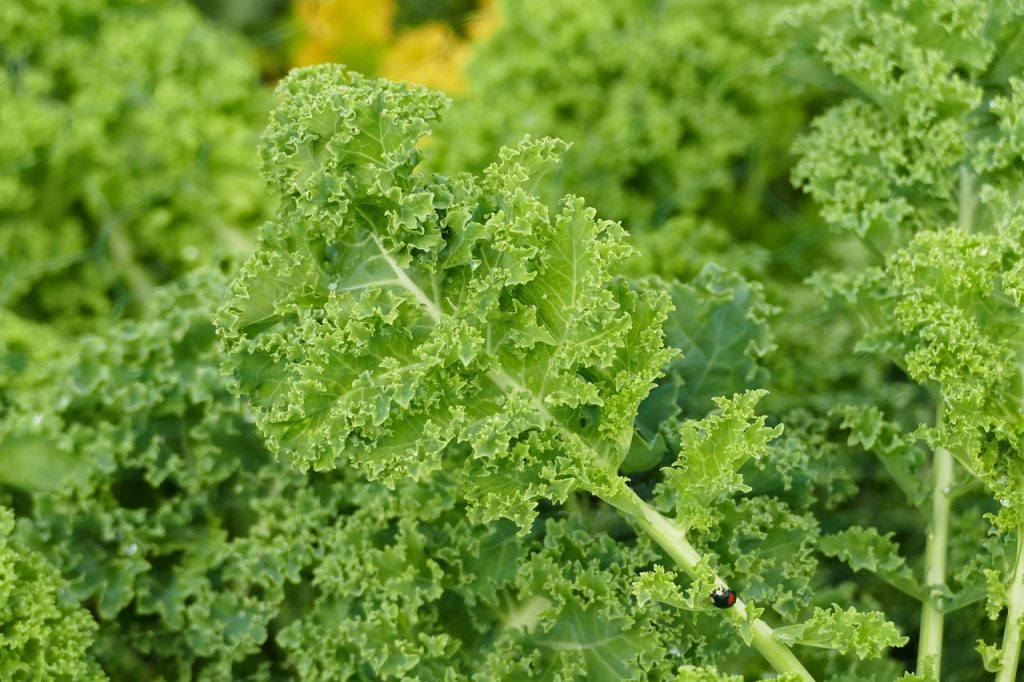
Kale is another resilient leafy vegetable that can withstand frost, making it an ideal candidate for November planting. It thrives in temperatures as low as 20°F and can even taste sweeter after a frost.
Planting Tips: Space kale seeds or transplants about 12-18 inches apart. Regular watering is crucial, especially during dry spells, to prevent bitterness. Kale can be harvested throughout the winter months, offering nutritious leaves even in the colder season.
Garlic
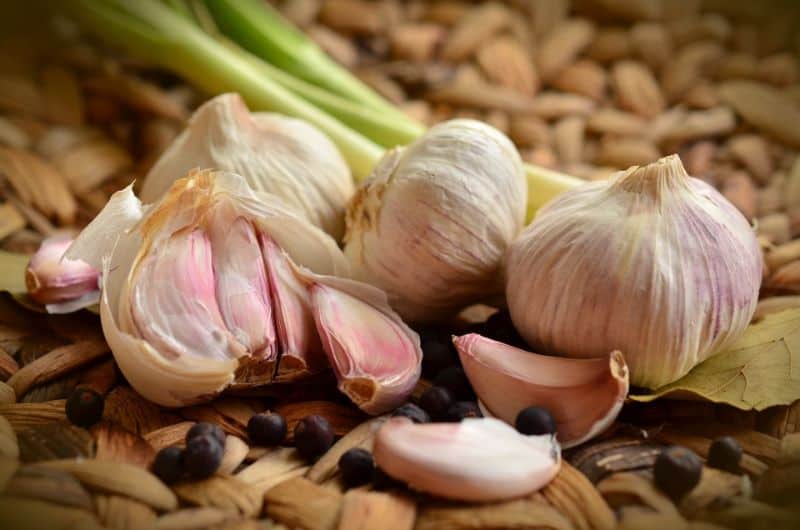
November is an excellent time to plant garlic in Zone 9, as the cooler months provide the necessary chilling period for the bulbs to develop robust flavor. Garlic should be planted before the ground freezes, which typically isn’t a concern in Zone 9.
Planting Tips: Select high-quality seed garlic and plant cloves about 2 inches deep, spaced 6 inches apart. Mulching helps retain moisture and suppress weeds. With proper care, garlic can offer a rewarding harvest by mid-summer.
Broccoli
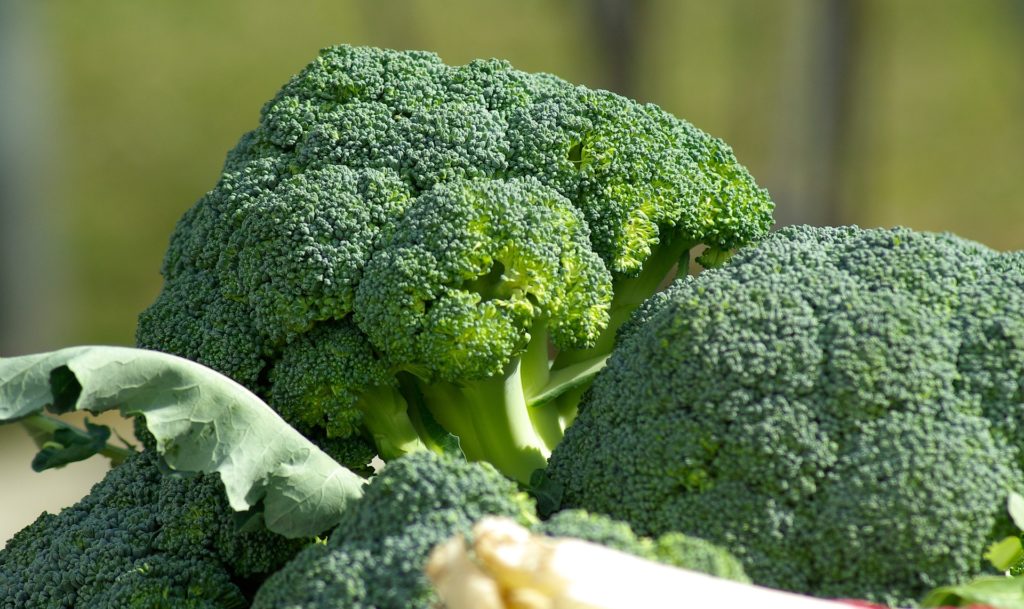
Broccoli thrives when planted in cooler temperatures, making it suitable for late fall planting. With temperature tolerances down to 40°F, this vegetable will continue to grow steadily throughout the winter months.
Planting Tips: Transplants are best for broccoli, as they offer resilience against pests and diseases. Space plants 18-24 inches apart in rich, well-draining soil. Keep the soil consistently moist but not soggy to ensure healthy growth.
Lettuce
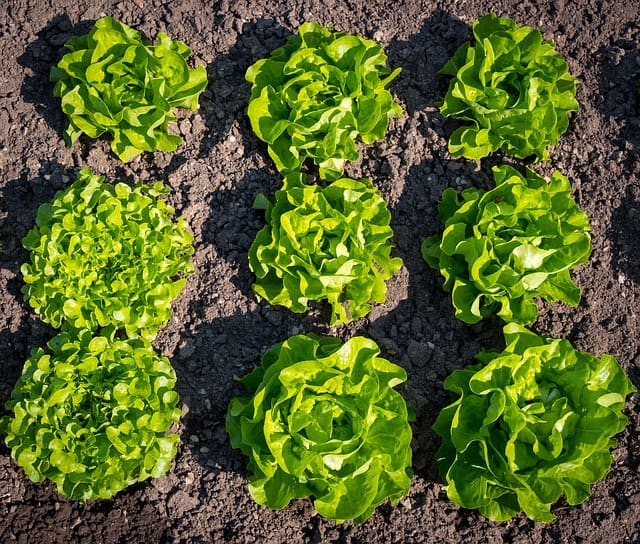
Lettuce is quick to germinate and grows well in November’s cooler weather. This cool-season crop can survive temperatures as low as 20°F, making it perfect for fall planting.
Planting Tips: Sow seeds directly into the ground or start seedlings indoors for transplanting later. Space seeds or seedlings closely, as lettuce can be harvested as baby greens or left to mature into full heads.
Carrots
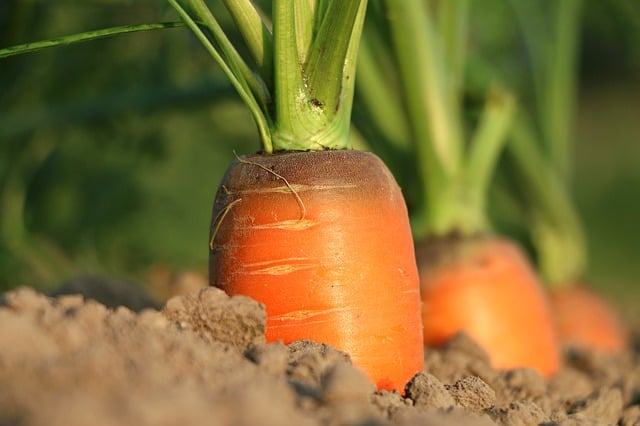
Cool weather enhances the sweetness of carrots, making November the perfect time for planting this root vegetable. Carrots can handle light frost, and their flavor often improves after exposure to cool temperatures.
Planting Tips: Sow seeds directly into loose, sandy soil at about 1/4 inch depth. Thin seedlings out to allow for proper root development. Carrot greens are also edible, adding versatility to this crop.
Peas
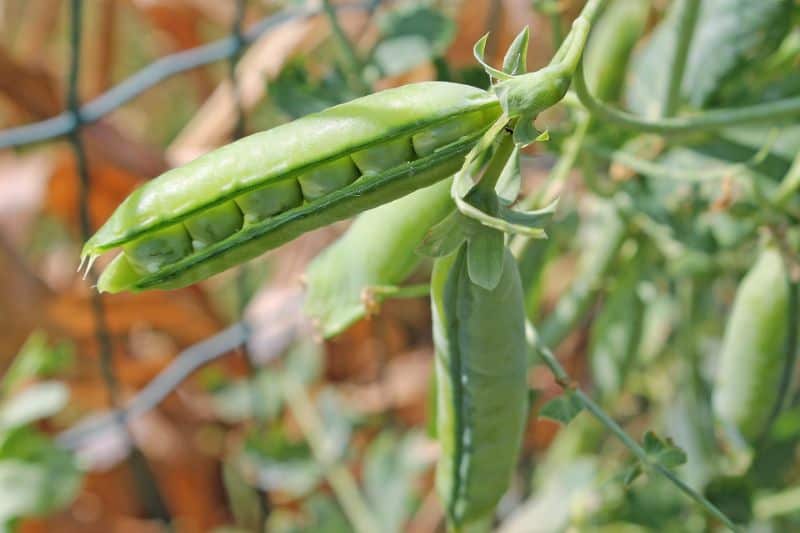
Sugar snap and snow peas are perfect for November planting, as they will germinate in cooler temperatures. These legumes can tolerate temperatures down to 20°F, providing a lovely spring harvest.
Planting Tips: Plant seeds 1-2 inches apart in well-drained soil and ensure adequate support, as peas are climbing plants. Regular watering will encourage growth throughout the winter.
Mustard Greens
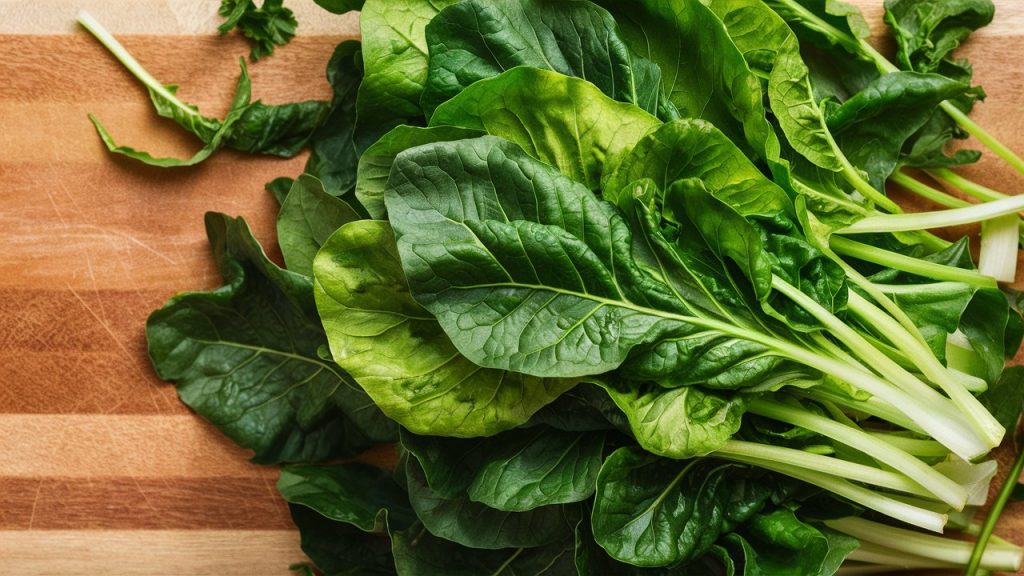
Mustard greens are another excellent choice for November planting. These leafy vegetables are extremely frost-tolerant, thriving in temperatures as low as 20°F.
Planting Tips: Space seeds about 12 inches apart and provide regular watering. These greens can be harvested young, with a peppery flavor that adds a unique touch to salads and dishes.
Collard Greens
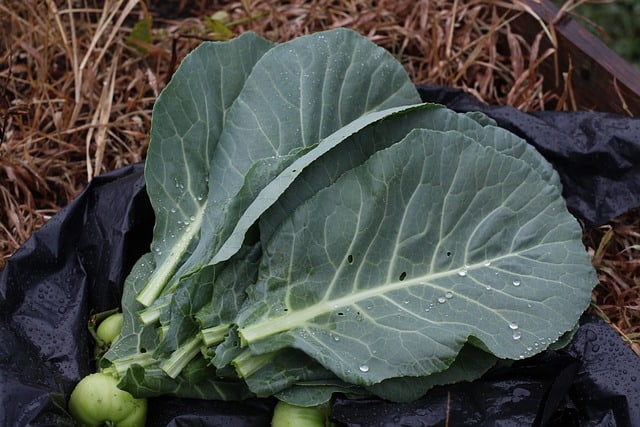
Collard greens are among the hardiest of vegetables and are known for their ability to withstand colder temperatures, making them perfect for late fall planting. They can endure frost down to 20°F and will continue to produce well.
Planting Tips: Sow seeds directly into well-prepared soil and thin seedlings to about 18 inches apart. These leafy greens are not only nutritious but also low-maintenance, making them great for beginner gardeners.
Swiss Chard
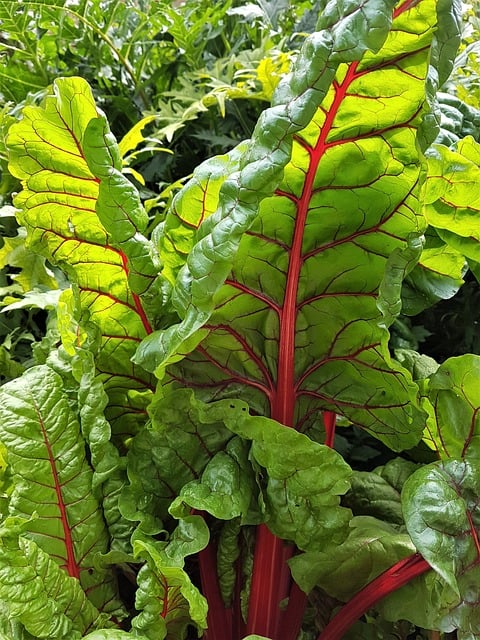
Swiss chard is a nutrient-dense leafy green that thrives in November’s cool weather. Tolerant of frost, it can survive temperatures down to 20°F and provides a continuous harvest throughout the winter.
Planting Tips: Space chard seeds about 6 inches apart and water regularly. The vibrant stems and leaves make chard an aesthetically pleasing addition to garden beds.
Flowers To Plant
As winter approaches, many flower varieties can still thrive and brighten up your garden, providing color and interest during the cooler months.
Pansies
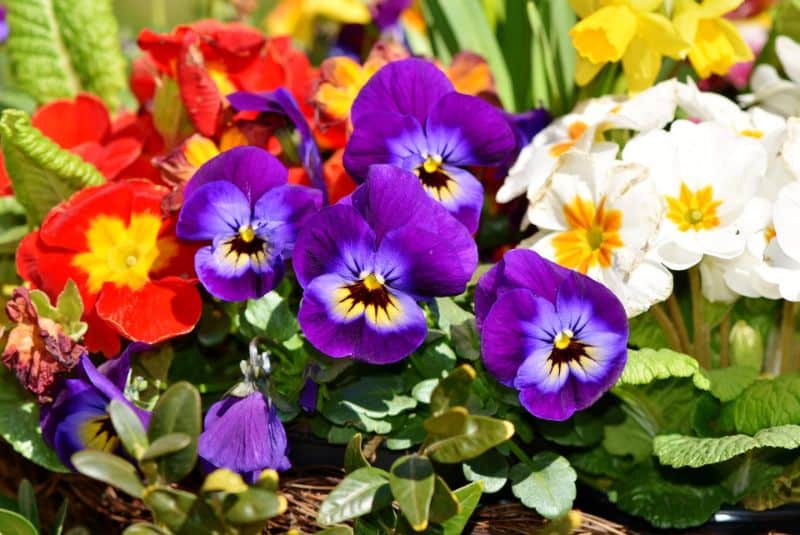
Pansies are a classic choice for winter color in Zone 9 gardens. They can thrive in temperatures down to 20°F and are known for their vibrant colors.
Planting Tips: Plant pansies in well-drained soil, ideally in part sun to full sun. They prefer cooler temperatures and will bloom beautifully during mild winter days.
Snapdragons
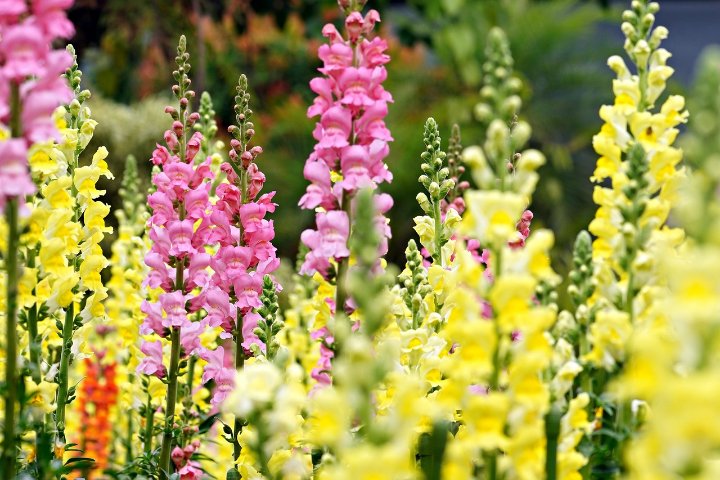
Snapdragons are hardy annuals that can add height and color to garden beds. With their tolerance for winter temperatures down to the high 20s, they can be successfully planted in November.
Planting Tips: Space seedlings 6-12 inches apart and choose a location with plenty of sunlight. Regular watering is essential, especially during dry spells.
Primrose
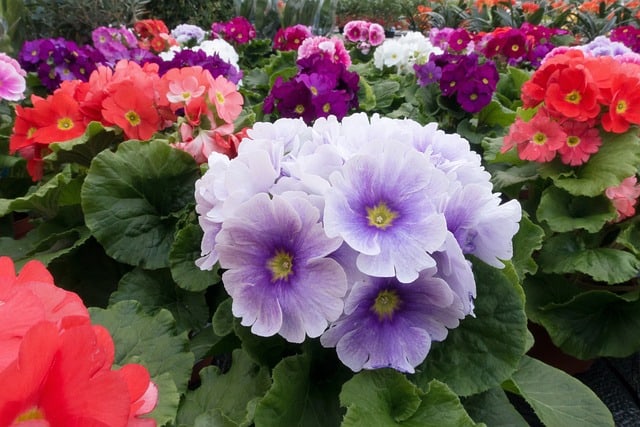
Primrose is perfect for adding early color to your garden in winter. They can tolerate temperatures as low as 20°F, making them suitable for December blooms.
Planting Tips: Plant primroses in rich, moist soil with good drainage. They thrive in partial shade but can also handle full sun exposure.
Ornamental Cabbage
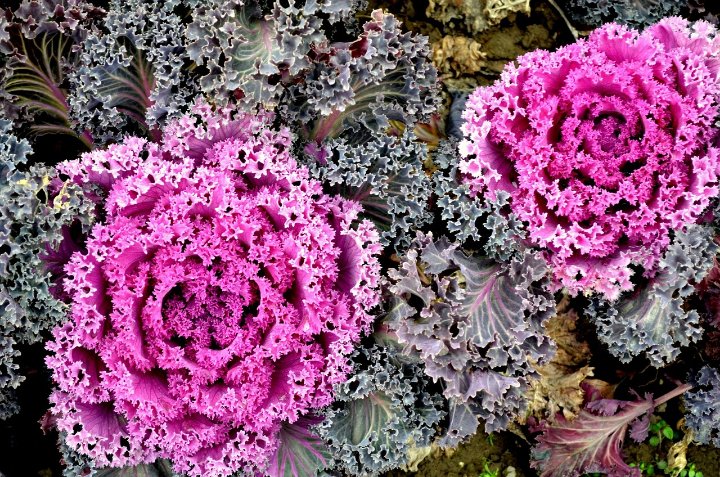
Ornamental cabbage offers a striking addition to any garden, with its colorful foliage bringing vibrancy during the dull winter months. The hardy leaves can withstand temperatures down to the mid-20s.
Planting Tips: Space plants about 12-18 inches apart and install in a well-draining location. These annuals look stunning in garden beds or in decorative pots.
Sweet Alyssum
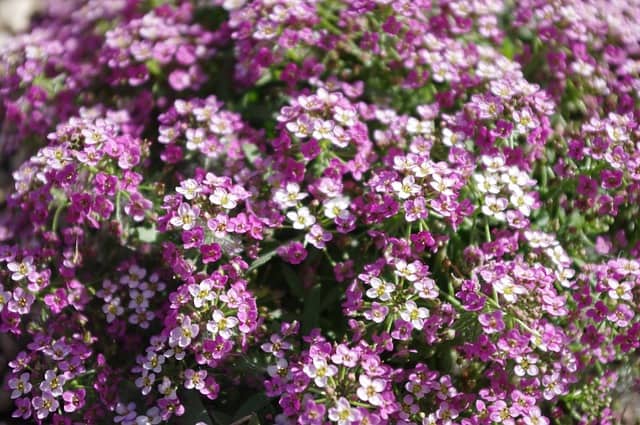
Sweet Alyssum is a hearty annual that can thrive in cooler weather, producing soft clusters of fragrant flowers. They are frost-tolerant and can survive mild freezes.
Planting Tips: Scatter seeds directly into the garden or transplant seedlings, spacing them about 6 inches apart. They prefer full sun and well-drained soil.
Petunias
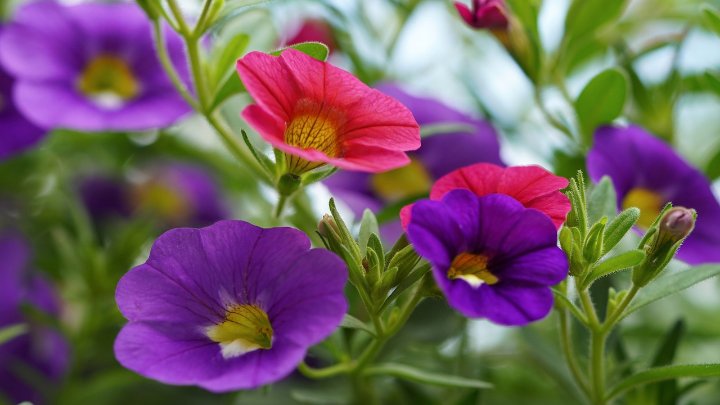
Though typically associated with summer, petunias can be planted in November in Zone 9 for an early spring bloom. They can survive mild frost and add delightful color to your winter garden.
Planting Tips: Space plants about 12 inches apart in a location that receives ample sunlight. Regular deadheading will encourage more blooms throughout the season.
Dianthus
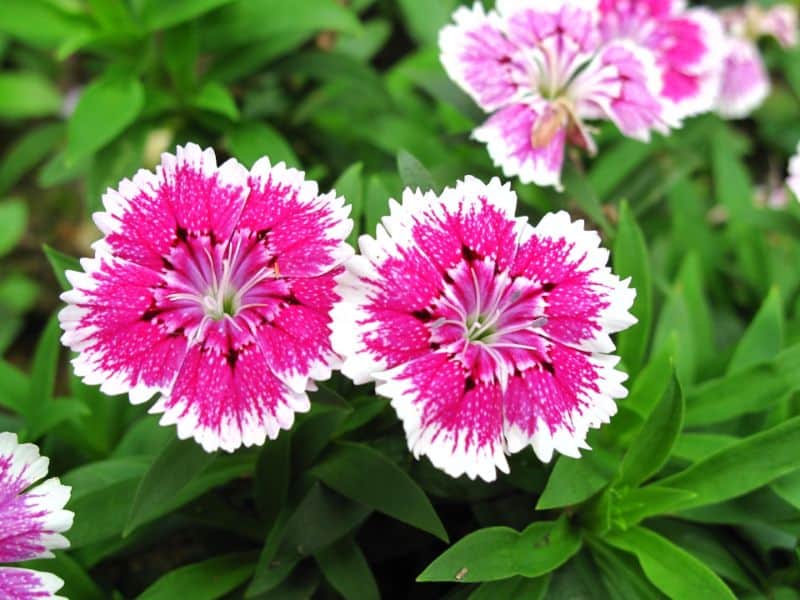
Dianthus offers a delicate and fragrant addition to a winter garden, enjoying temperatures as low as 25°F. Their beautiful blooms can vary in color, making them versatile in garden design.
Planting Tips: Plant in well-draining soil and provide full sun exposure. Dividing established plants in spring can help rejuvenate growth and increase flower output.
Foxglove
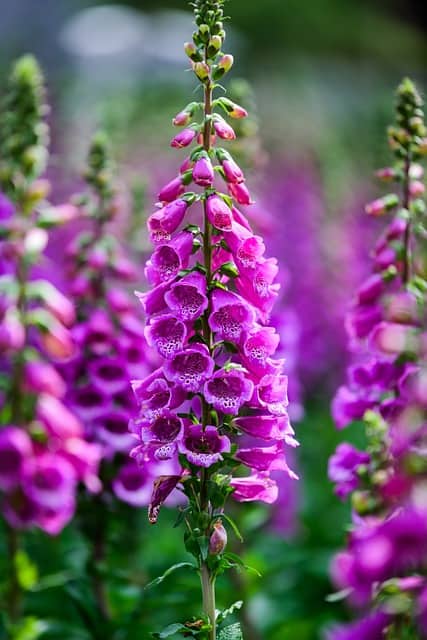
Foxglove is an exquisite biennial flower that can be planted in November. Although it may not bloom until late spring, it is hardy enough to withstand frosts and thrive.
Planting Tips: Sow seeds directly into the ground and lightly cover them with soil. Space them about a foot apart to allow for their height and spread. They prefer partial shade.
Herbs To Plant
Herbs not only enhance dishes but also provide aromatic interest in winter gardens. November offers an excellent window for planting various herbs known for flourishing in cooler weather.
Thyme
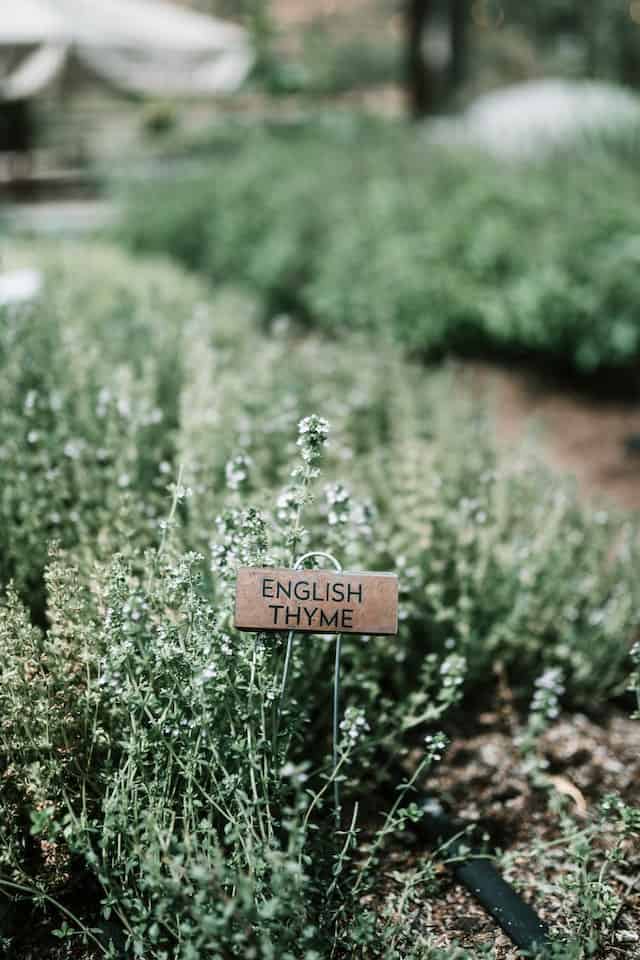
Thyme is a hardy herb that can endure frost, making it an ideal planting option in November. With temperatures as low as 10°F tolerated, it adds culinary and ornamental value.
Planting Tips: Plant thyme in well-drained soil, ensuring ample sunlight. Regular pruning will encourage bushy growth and maintain the plant’s vitality.
Oregano
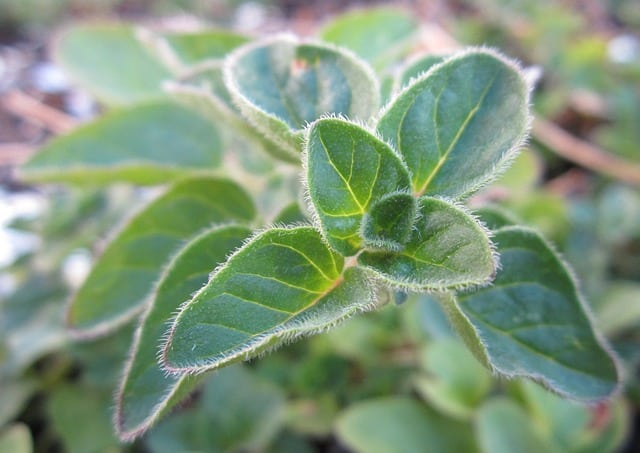
Oregano is another excellent herb that can thrive in Zone 9’s mild winter conditions. It prefers well-draining soil and can tolerate temperatures as low as 20°F.
Planting Tips: Space oregano plants about 12 inches apart. This perennial herb benefits from full sun and will reward you with its fragrant leaves for years to come.
Chives
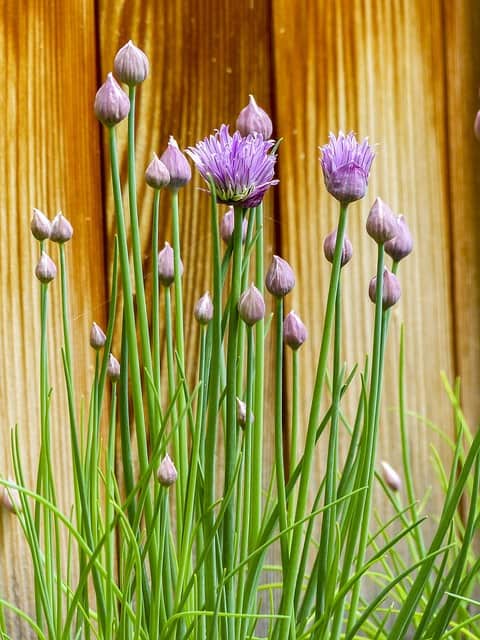
Chives are hardy perennials that can be planted in late fall. They can survive light frosts, producing tender greens even in cooler weather.
Planting Tips: Sow seeds directly into well-prepared soil or divide existing chive plants. Keep the soil moist and provide full sun for the best growth.
Cilantro
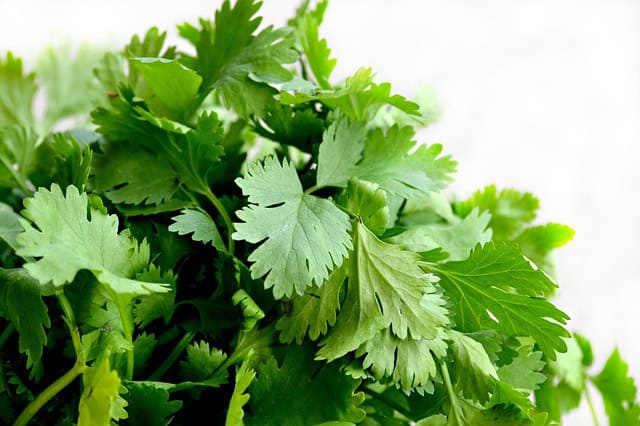
Cilantro is a cool-season herb that can thrive in November temperatures. Preferring cooler weather, it can grow in temperatures down to 35°F.
Planting Tips: Sow seeds directly into the ground every few weeks for continual harvests. Cilantro can bolt quickly, so regular cutting will encourage new growth.
Parsley
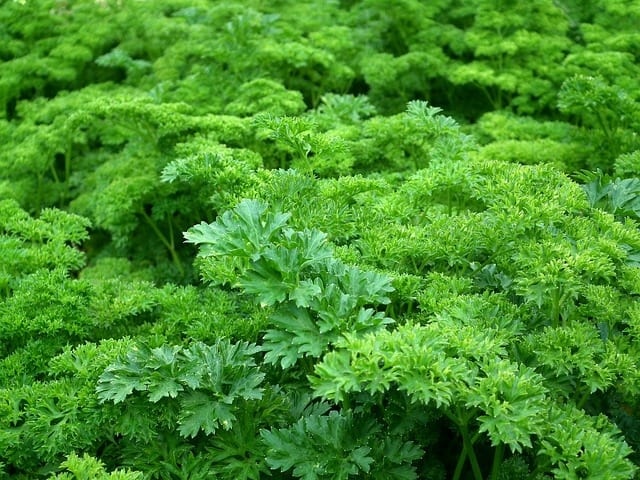
Parsley is a biennial herb often grown as an annual. It can endure temperatures down to the mid-20s, making it a suitable option for winter planting.
Planting Tips: Directly sow seeds in well-drained soil. Regular watering is crucial, especially during dry spells, to keep parsley lush and flavorful.
Sage
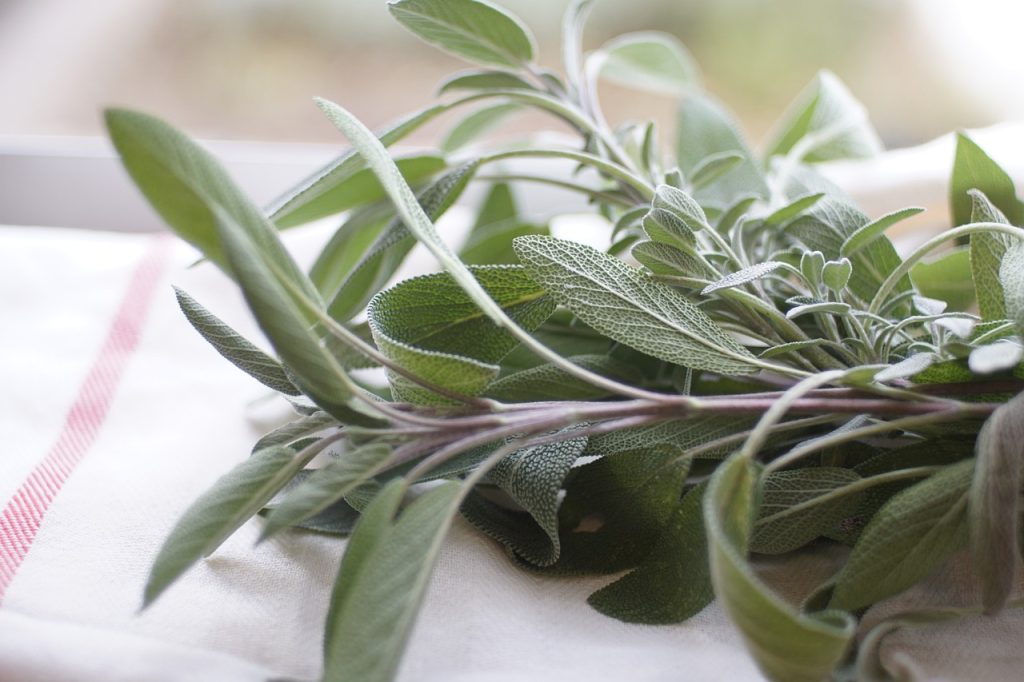
Sage is a hardy perennial herb that can endure winter’s colder temperatures. It is ideal for planting in November in Zone 9, where it thrives in sunlight.
Planting Tips: Space sage plants 24 inches apart and ensure well-draining soil. Sage is drought-tolerant, making it a great low-maintenance option.
Basil
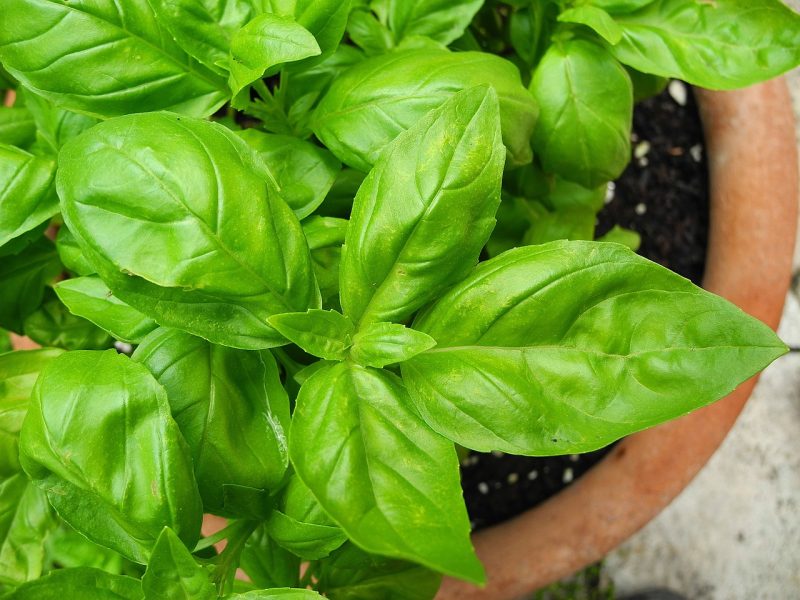
While basil prefers warmer temperatures, it can still be planted in pots indoors throughout November to extend its growing season. When indoors, it can thrive with sufficient light.
Planting Tips: Grow basil in well-drained containers with plenty of sunlight. Regular harvesting will keep the plant bushy and encourage continuous growth.
Dill
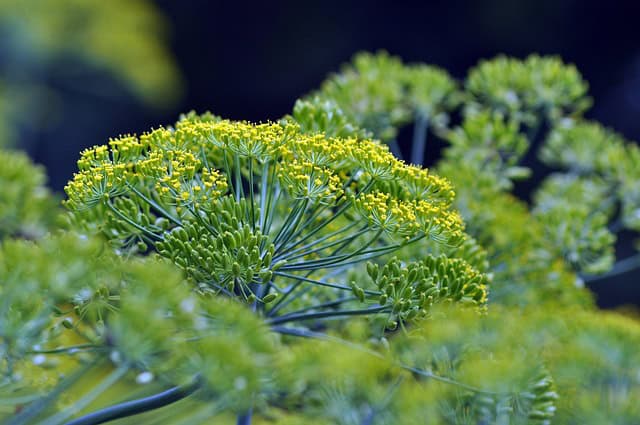
Dill is a hardy annual herb that can fare well in cooler climates. It prefers well-draining soil and can handle light frost, making it suitable for late fall planting.
Planting Tips: Sow seeds directly into the garden, ideally in full sun. Thin the plants to prevent crowding, allowing robust growth and health for your dill.
Fennel
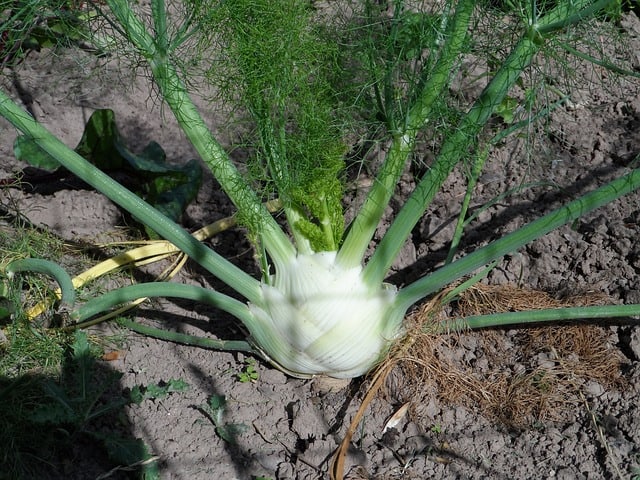
Fennel can be planted in November for an early spring harvest. It tolerates cooler temperatures down to 20°F and adds both flavor and ornamental elegance to the garden.
Planting Tips: Space plants about 12 inches apart in full sun and well-drained soil. Fennel offers both culinary uses and beautiful fronds that attract pollinators.
Mint
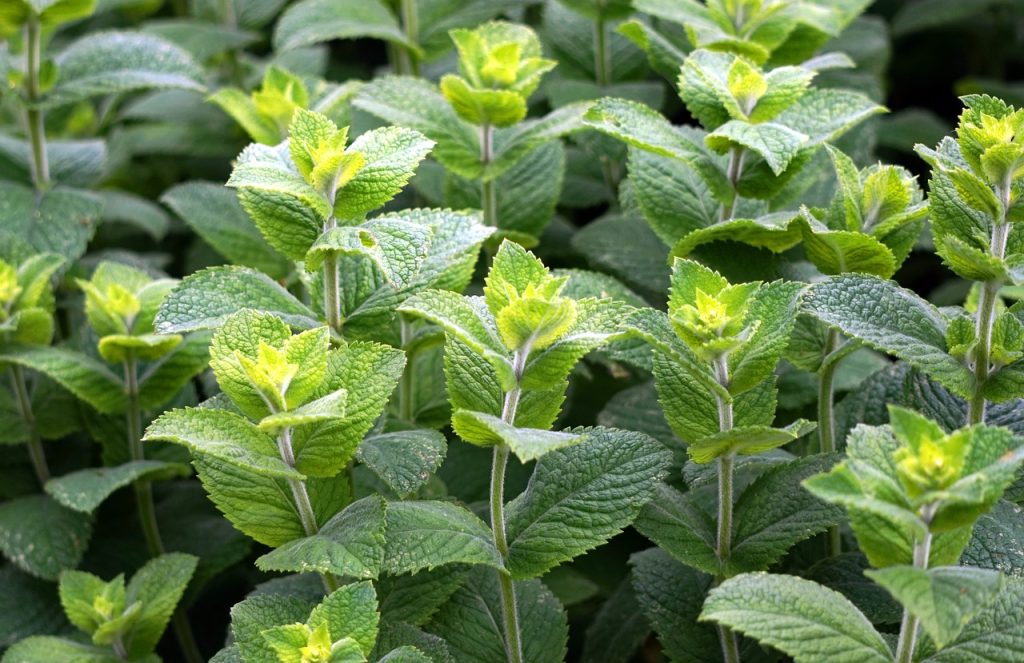
Mint is a vigorous herb that can thrive in any season. While it can take over a garden if not contained, planting in November allows for fresh leaves throughout the winter months.
Planting Tips: Plant mint in containers or designated beds to prevent spreading. Full sun or partial shade is ideal, along with consistently moist soil.
Landscape Plants To Plant In November
November is not only for vegetables, flowers, and herbs; it’s also a prime time to establish landscape plants. This month offers optimal conditions to enhance your garden’s long-term design and functionality.
Camellia
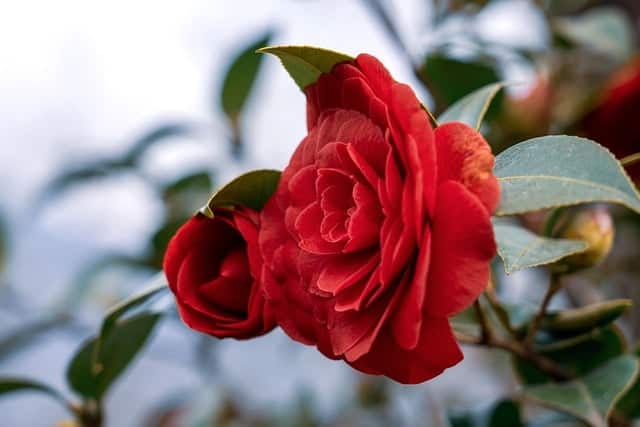
Camellias are evergreen shrubs that provide vibrant blooms in late winter to early spring. They thrive in cooler temperatures, making November a great time for planting in Zone 9.
Planting Tips: Choose a well-draining, acidic soil for camellias and provide partial shade. Regular mulching will help keep the roots cool and retain soil moisture.
Azalea
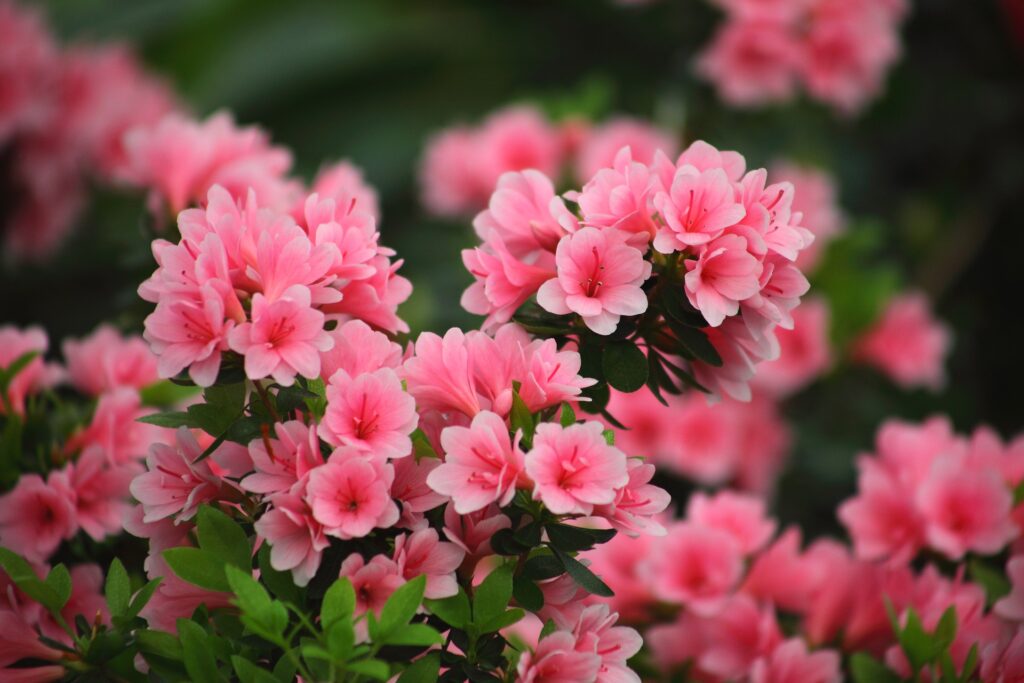
Azaleas are popular ornamental plants famed for their stunning flowers that appear in the spring. November is an excellent time to plant them, allowing for root establishment before the growing season.
Planting Tips: They prefer well-drained, acidic soil and partial shade. Water young plants regularly, especially during dry spells, to promote robust growth.
Boxwood
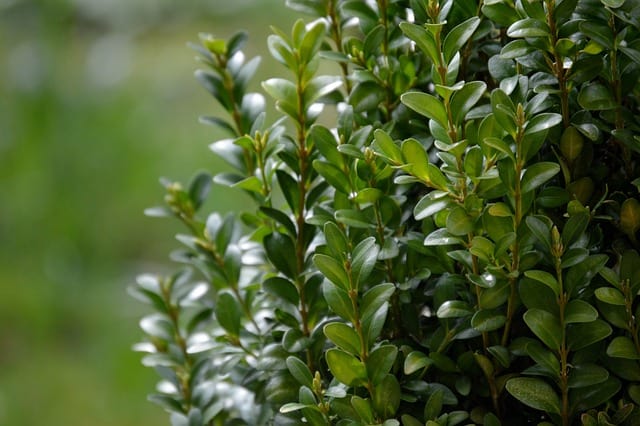
Boxwood is a versatile evergreen shrub that thrives in the mild November temperatures of Zone 9. Boxwoods can be easily shaped, making them popular for hedges and topiaries.
Planting Tips: Plant in well-drained soil and in a spot that gets partial to full sun. Regular pruning will help maintain desired shapes and enhance air circulation.
Holly
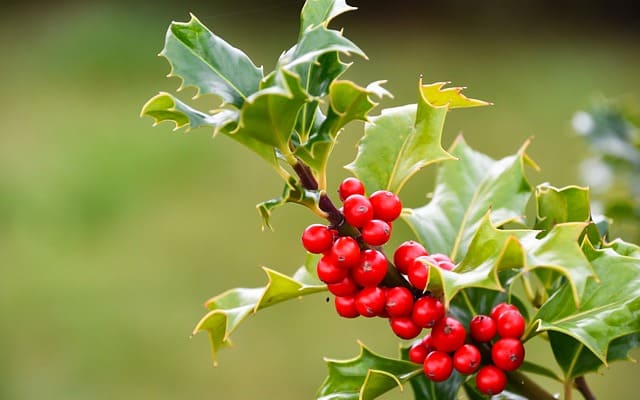
Hollies provide beautiful berries and glossy leaves, showing off in winter. They can be planted in November, given their tolerance to cooler temperatures.
Planting Tips: Plant holly in well-drained soil and ensure it receives adequate sunlight. Some varieties are male or female, so ensure you have at least one of each for berry production.
Lantana
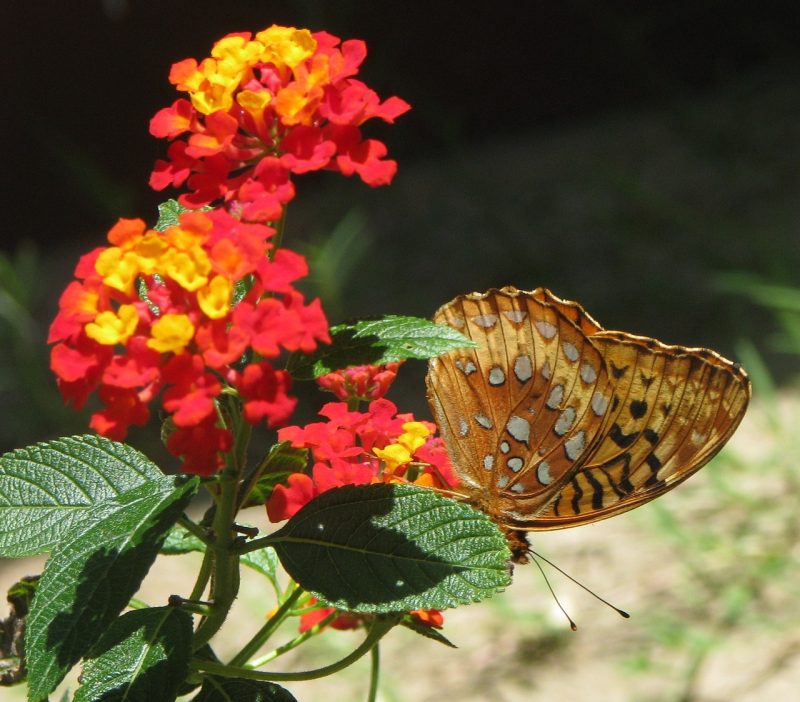
Though often seen as a summer plant, lantana can be planted in November in warmer areas. These hardy perennials do well in Zone 9 and can attract beneficial pollinators during the winter.
Planting Tips: Choose well-drained soil and a sunny location. Lantana requires minimal water and can thrive on neglect, making it excellent for low-maintenance gardens.
Buddleia
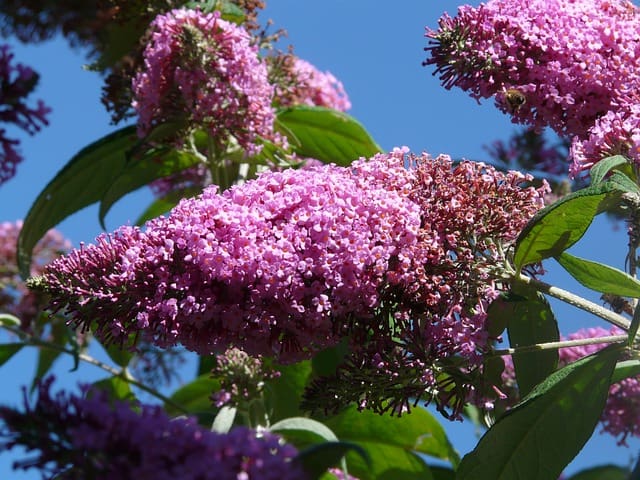
Known commonly as butterfly bush, Buddleia attracts pollinators and provides stunning flowers. Though best planted in spring, they can still be established in November in warmer climates.
Planting Tips: These require full sun and well-draining soil. Prune them back in late winter to encourage vigorous growth in spring.
Bougainvillea
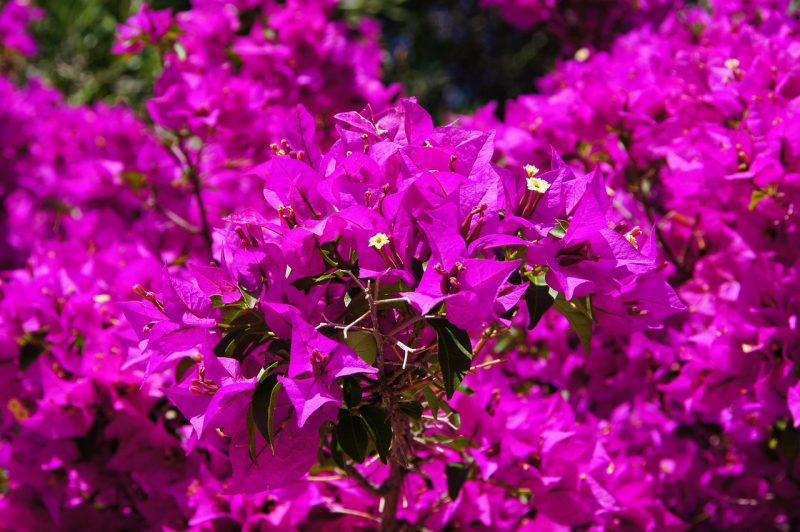
Bougainvillea can be established in November if planted in pots, where they can be brought indoors during colder nights. These colorful plants add tropical flair and require minimal care.
Planting Tips: Ensure pots have ample drainage and place in full sun. Bougainvillea thrives on neglect, making it perfect for busy gardeners.
Indian Hawthorn
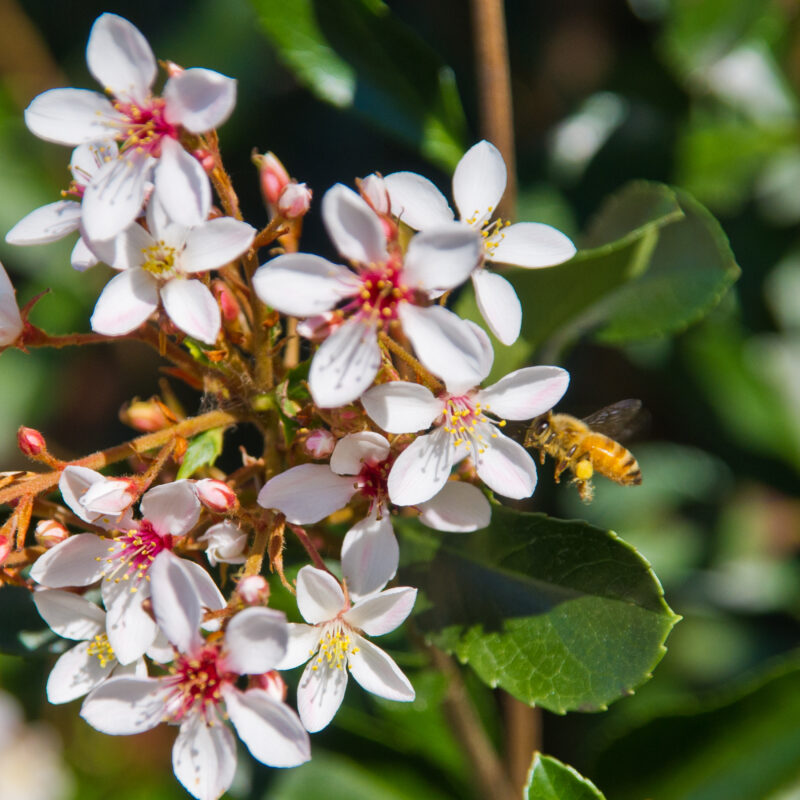
Indian hawthorn is a hardy shrub that requires little maintenance and is drought-tolerant once established. November is an ideal time to plant this versatile evergreen.
Planting Tips: Plant in well-draining soil with full sun. Prune sparingly to maintain shape and ensure air circulation between the plants.
Native Grasses
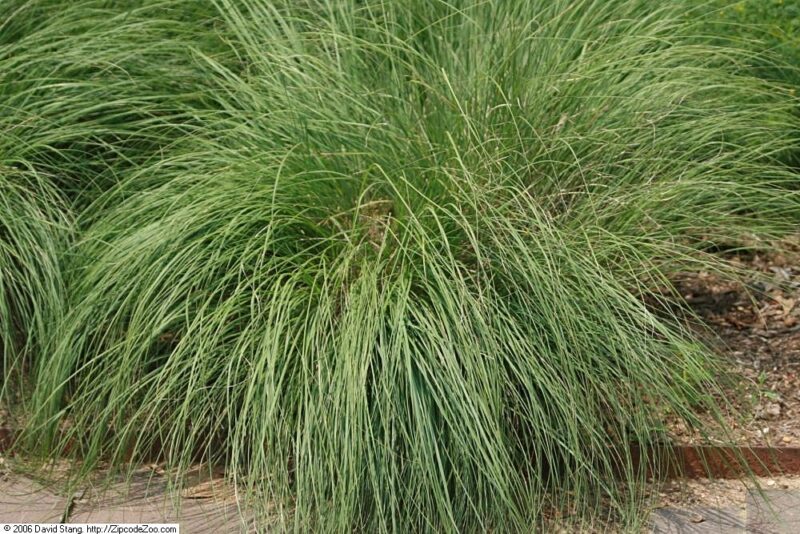
Planting native grasses in November enhances the ecological landscape and provides habitats for local wildlife. These grasses are well adapted to local climates, making them resilient and low-maintenance.
Planting Tips: Select grasses native to your area for the best results. They generally require little care once established but will enhance the beauty and functionality of any landscape.
Rosemary
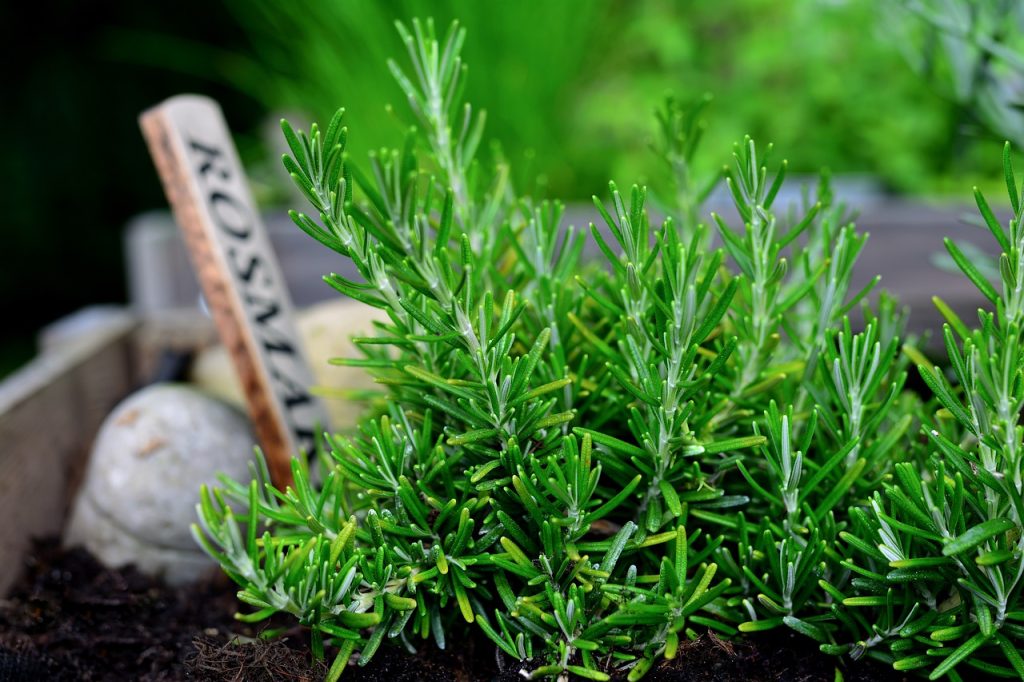
Rosemary can be planted as an ornamental and culinary herb in November. Its resilience to cold makes it suitable for winter planting in Zone 9 gardens.
Planting Tips: Ensure it has well-drained soil and full sun exposure. Regular trimming will encourage bushiness and can improve air circulation around the plant.


